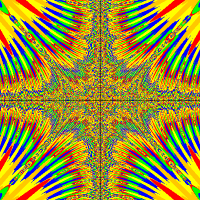Hi,
I've started a new game, it is kind of like Bloons Tower Defense. The movement of the balloons occurs along a pth on a map. I used an image as the map, and the balloon actor needs to move along the path. There are two ways I see of doing this. One is coding movement very precisely to go along the path (Like move(x), and if getx is this, then move(another direction).) This would tak emuch to long, so I thought maybe add an object at the sides of the path on the map, and if the ballon is touching this object move in the direction I want to. The problem is I don't see the practicality of this as I can only think of doing this like the following: if balloon istouching objectx at right and top, then move down. If balloon is touching objectx at bottom and right, move left. This would work in theory but I'm not sure how practical this really is.
Do you see any other way of accomplishing this, or a way to improve my method.
Thanks
BTW I don't actually have code for this yet iwas just planning so I can't post code right now.



